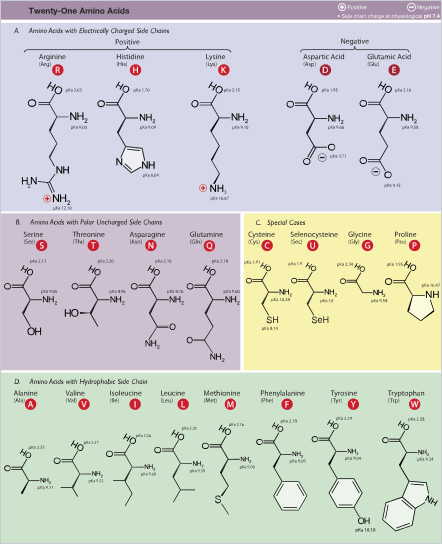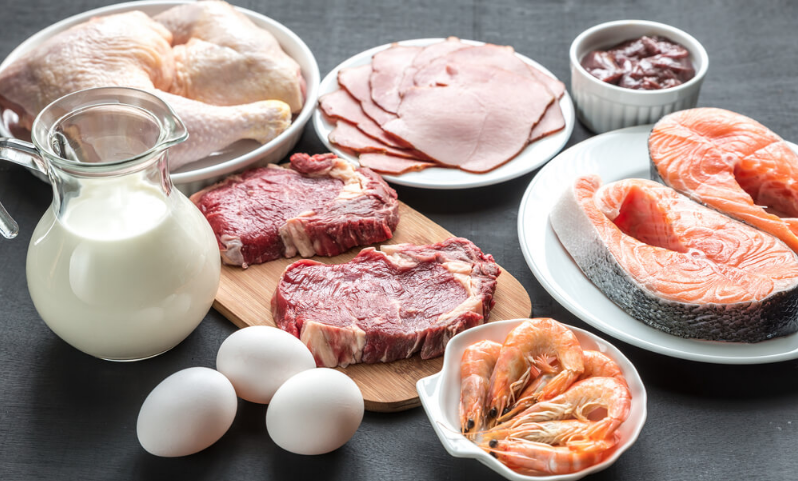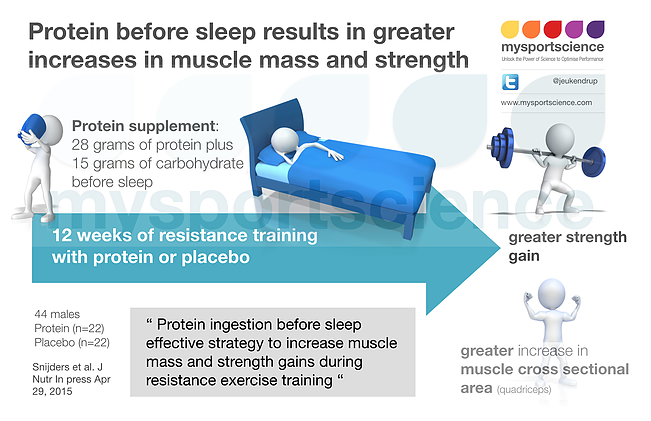Position statement: The International Society of Sports Nutrition (ISSN) provides an objective and critical review regarding the timing of macronutrients in reference to healthy, exercising adults and in particular highly trained individuals on exercise performance and body composition. The following points summarie the position of the ISSN:

1. Nutrient timing incorporates the use of methodical planning and eating of whole foods, fortified foods and dietary supplements. The timing of energy intake and the ratio of certain ingested macronutrients may enhance recovery and tissue repair, augment muscle protein synthesis (MPS), and improve mood states following high-volume or intense exercise.
2. Endogenous glycogen stores are maximised by following a high-carbohydrate diet (8–12 g of carbohydrate/kg/day [g/kg/day]); moreover, these stores are depleted most by high volume exercise.

3. If rapid restoration of glycogen is required (< 4 h of recovery time) then the following strategies should be considered:a) aggressive carbohydrate refeeding (1.2 g/kg/h) with a preference towards carbohydrate sources that have a high (> 70) glycemic index) the addition of caffeine (3–8 mg/kg)c) combining carbohydrates (0.8 g/kg/h) with protein (0.2–0.4 g/kg/h)
4. Extended (> 60 min) bouts of high intensity (> 70% VO2max) exercise challenge fuel supply and fluid regulation, thus carbohydrate should be consumed at a rate of ~30–60 g of carbohydrate/h in a 6–8% carbohydrate electrolyte solution (6–12 fluid ounces) every 10–15 min throughout the entire exercise bout, particularly in those exercise bouts that span beyond 70 min. When carbohydrate delivery is inadequate, adding protein may help increase performance, ameliorate muscle damage, promote euglycemia and facilitate glycogen re-synthesis.

5. Carbohydrate ingestion throughout resistance exercise (e.g., 3–6 sets of 8–12 repetition maximum [RM] using multiple exercises targeting all major muscle groups) has been shown to promote euglycemia and higher glycogen stores. Consuming carbohydrate solely or in combination with protein during resistance exercise increases muscle glycogen stores, ameliorates muscle damage, and facilitates greater acute and chronic training adaptations.
6. Meeting the total daily intake of protein, preferably with evenly spaced protein feedings (approximately every 3h during the day), should be viewed as a primary area of emphasis for exercising individuals.

7. Ingestion of essential amino acids (EAA; approximately 10 g) either in free form or as part of a protein bolus of approximately 20–40 g has been shown to maximally stimulate muscle protein synthesis (MPS)
8. Pre- and/or post-exercise nutritional interventions (carbohydrate + protein or protein alone) may operate as an effective strategy to support increases in strength and improvements in body composition. However, the size and timing of a pre-exercise meal may impact the extent to which post-exercise protein feeding is required.

9. Post-exercise ingestion (immediately to 2-h post) of high-quality protein sources stimulates robust increases in MPS.
10. In non-exercising scenarios, changing the frequency of meals has shown limited impact on weight loss and body composition, with stronger evidence to indicate meal frequency can favourably improve appetite and
satiety. More research is needed to determine the influence of combining an exercise program with altered meal frequencies on weight loss and body composition with preliminary research indicating a potential
benefit.

11. a 20–40 g protein dose (0.25–0.40 g/kg body mass/dose) of a high-quality source every three to 4h appears to most favourably affect MPS rates when compared to other dietary patterns and is associated with improved body composition and performance outcomes.
12.Consuming casein protein (~ 30–40 g) prior to sleep can acutely increase MPS and metabolic rate throughout the night without influencing lipolysis.


